|
By Karima Alavi The Qur’an: 22:27 Call all people to the pilgrimage. They will come to you on foot and on every lean camel from every distant path As many people know, the foundational elements of Islamic practice are based on the Five Pillars: the Shahada, or Declaration of Faith, praying five times per day, fasting during the month of Ramadan, giving alms, and making the pilgrimage to Makkah if one is physically and financially able to do so. There are also two major holy days (‘Eid) in Islam, the ‘Eid that celebrates the end of the Ramadan fast, and the recently celebrated ‘Eid al Adha that acknowledges the completion of the five-day pilgrimage (Hajj) that draws millions of believers from across the world to Makkah. While there, all “Hajjis,” both male and female, perform a series of rituals meant to deepen their faith so they can return home with a heightened sense of spirituality meant to follow them for the remainder of their lives. One significant requirement of the Hajj is for participants to fight the Inner Jihad, which is the “Jihad of the Nafs” or the Struggle Against the Ego. For this reason, there is no distinction during the Hajj between rich and poor, between political or religious leaders and their followers, between different races and nationalities. For that reason, one of the earliest requirements of the Hajj process is to forego fashion, jewelry, and other outward indicators of status that can, in our daily lives, seem so important to us. Male Hajjis don simple white garments made of two unsewn cloths, while women have more options as long as their clothing is modest. As the Hajjis say, “Robes of royalty are exchanged for robes of piety.” The whole point is to not draw attention to oneself, to conquer that inner voice of the ego that suggests that one person is above, or more important than others. Because of this state of outward—and hopefully inward—modesty, a person could be standing next to a king, a billionaire, a famous artist, during the Hajj and not even be aware of it. Everyone is dressed in a simple manner. Everyone performs the same rituals, drinks the same water, eats the same food. The focal point of the sacred mosque in Makkah is the Kaaba, a large structure draped in black and gold cloth. Referred to as the House of God, it stands at the heart of all Muslim prayers as a symbol of submission to the will of God, and their unity with co-religionists scattered around the earth who are praying toward the same place. There are specific rites to be performed during Hajj including those meant to commemorate Abraham, Hajar, and their son Ismail. Alongside the acknowledgement of their submission to God’s will is the honoring of their faith in God’s mercy, a faith that is rewarded by Divine Mercy for all three of them. That’s why, when people say “Muslims pray toward Makkah,” they’re partially correct. Muslims pray toward the Kaaba, built by Abraham and Ismail, which happens to be in Makkah, the only place in the world, by the way, where Islamic prayers are performed in a circle rather than in straight lines. Gathering in Abiquiu: On Friday, June 6, the ‘Eid to commemorate the completion of the Hajj was celebrated at the Dar al Islam facility in Abiquiu, New Mexico. Families, friends and neighbors gathered from as far as Somaliland, Turkey, and California to share prayers, games for the children, and a feast of lamb, rice, salad and, as usual, plenty of sweets. During the ‘Eid celebration in Abiquiu, people gathered for two prayers during the day. The first was a special ‘Eid prayer, led by Anand Taneja, Professor of Religious Studies at Vanderbilt University. He and his family traveled from Nashville, TN, to spend time in New Mexico with fellow Muslims. Several non-Muslims joined the festivities, including two women from California who decided to sell their belongings, buy a van, and travel across the U.S. They were in Abiquiu visiting a friend when they saw the open invitation to the ‘Eid celebration in the Abiquiu News, and spent the better part of the morning at Dar al Islam asking about Islamic traditions, eating breakfast, and observing the ‘Eid prayer. The meal served on ‘Eid al Adha has a special religious significance that reaches back to the time of Abraham and Hajar, mother of Ismail, who is considered in Islamic practice to be Abraham’s wife. Those familiar with the Judeo-Christian-Islamic tradition are familiar with the story of Abraham being ordered by God to sacrifice his son. (Isaac in the Judeo-Christian tradition, Ismail in Islamic tradition.) In the moment before the sacrifice, God provides a ram to be offered in Ismail’s stead. Other Qur’anic verses tell of the time Hajar and Ismail were led to the desert by Abraham who walked away, causing Hajar to question his purpose. When she asks if this strange action is “from God” and Abraham says yes, she proclaims her belief in His mercy. When she sees her infant son weakening from thirst, she runs between two hills in search of water. In the end, God rewards and comforts her, as he did Abraham. The angel, Gabriel, appears to Hajar and reveals a spring, called Zam Zam, that bursts forth with water. The interesting thing about that spring is that it is still running, after four thousand years, bringing cool, fresh water to the millions of Hajjis who visit Makkah each year. Time to eat. And play. The translation of Eid al Adha is Feast of Sacrifice. Muslims around the world join in the completion of the Hajj by millions of fellow believers. It’s a time to honor Hajar, a woman revered for her strength, perseverance and faith, along with remembrance of Abraham’s willingness to sacrifice his son. Both these stories serve as a reminder that God will provide in times of desperation and need. Part of the ‘Eid celebration is to sacrifice a lamb (or other animal) as a way to commemorate Abraham’s obedience of God and to celebrate God’s mercy. Muslims are enjoined to share their food with others during the ‘Eid and to spend time with friends and family.
Two full lambs were cooked at Dar al Islam for the ‘Eid. The process was complex, beginning the day before guests arrived. In preparation for the event, Fidel Serrano, Facilities Manager at Dar al Islam, and Jesus Miramontes Morales, Maintenance and Facilities Staffer, dug a large roasting-hole in the ground the day before the celebration. They ignited juniper branches to warm the hole and to dry the surrounding ground that was damp from rain earlier in the week. Those branches burned through the day and simmered all night. In the meantime, the lambs were marinated overnight in apricots and spices by Rehana Archuletta. The result was a meal so delicious, many guests claimed that it was the tenderest meat they’d ever eaten. On the morning of the ‘Eid volunteers made rice, salad, chai, fruit dishes, and sweets to accompany the lamb. In between all this work, children enjoyed the playground and the bouncy castle beneath a blue New Mexican sky, just as the first day of the three-day ‘Eid celebration was coming to a close in Makkah.
2 Comments
Daria Roithmayr
6/13/2025 08:41:44 am
What a wonderful news story. Learned so much and the photos made me smile. A warm and festive celebration! Thanks, Karima!
Reply
Wanda Roach
6/21/2025 01:58:11 pm
Thank you, the article provides hope for a welcoming outcome in all and any conflict. Caring and appreciation for the Abiquiu community shows and offers a united trust in one another. Keep information flowing.
Reply
Your comment will be posted after it is approved.
Leave a Reply. |
Submit your ideas for local feature articles
Profiles Gardening Recipes Observations Birding Essays Hiking AuthorsYou! Archives
October 2025
Categories
All
|
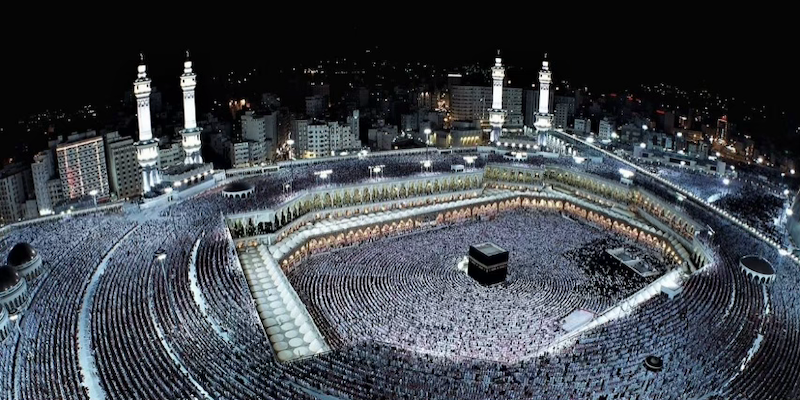
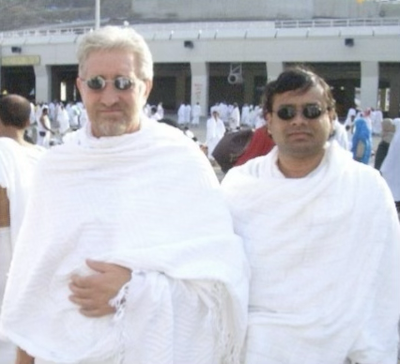
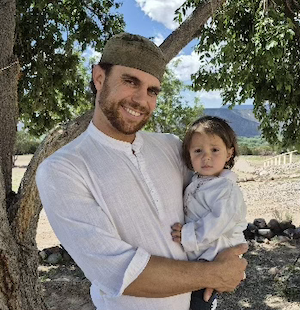
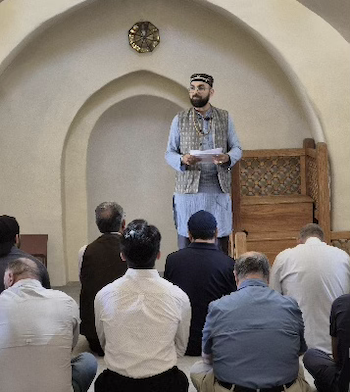
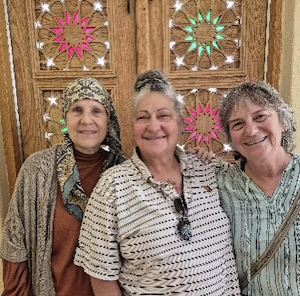
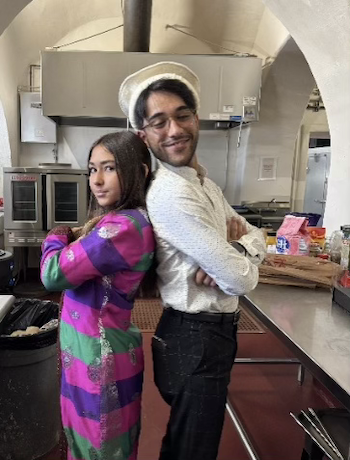
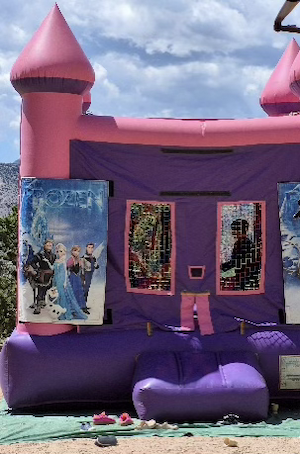
 RSS Feed
RSS Feed